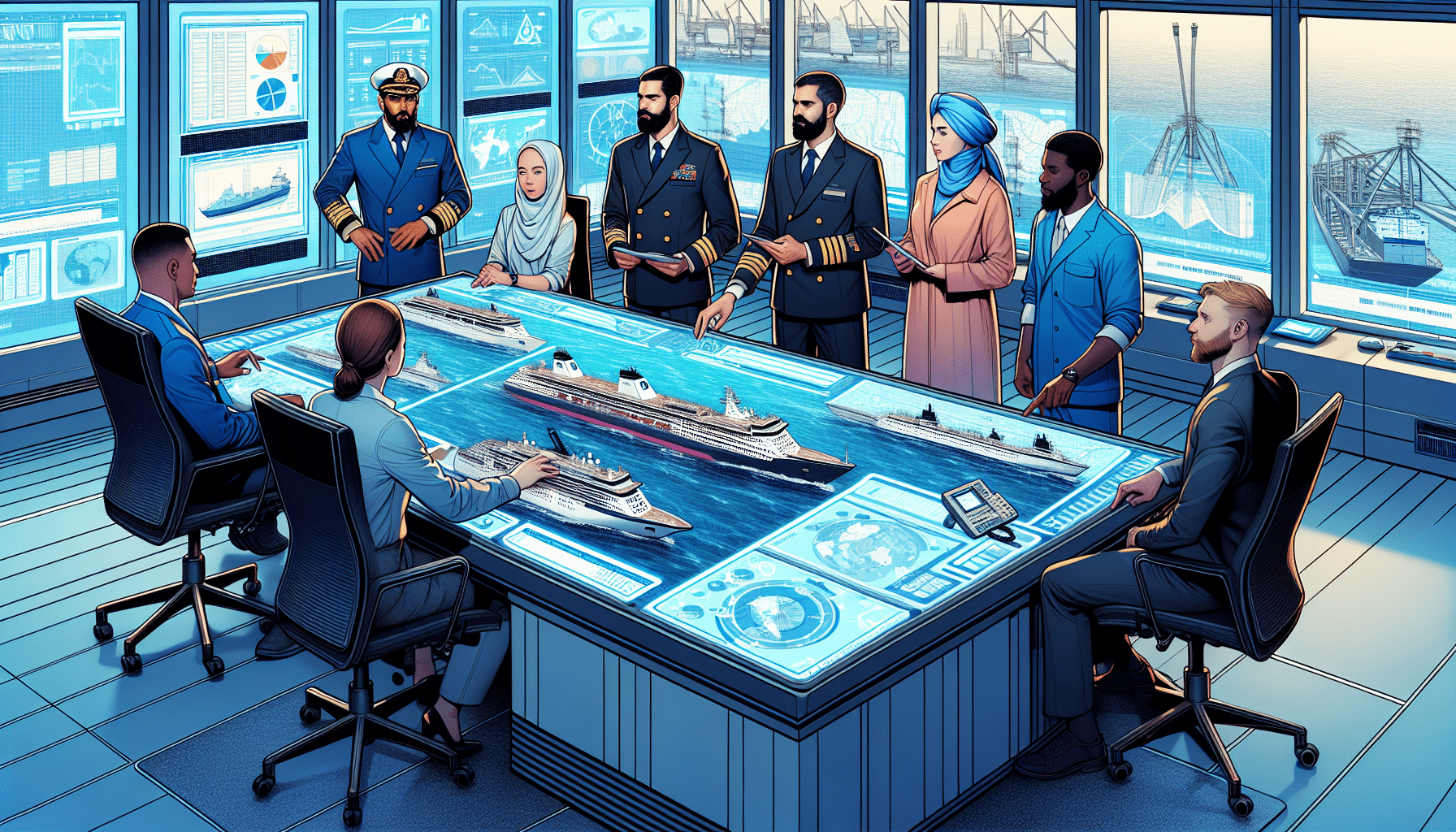Introduction to Risk Assessment in Ship Operations
Risk assessment is a critical process in the maritime industry, aimed at enhancing safety and efficiency in ship operations. This systematic process involves identifying potential hazards, analyzing the risks associated with these hazards, and implementing measures to mitigate those risks. The ultimate goal of risk assessment in shipping is to reduce the likelihood of accidents, thus ensuring the safety of crew members, the ship, its cargo, and the environment.
Key Elements of Risk Assessment
Identification of Hazards
The first step in risk assessment is to identify potential hazards that could affect a vessel during its operations. A hazard is any condition, event, or circumstance that could lead to an accident. Examples include mechanical failures, human error, adverse weather conditions, and navigational challenges. The process of identifying hazards typically involves the collaboration of all stakeholders, including crew members, maintenance teams, and ship management.
Risk Analysis
Once hazards are identified, the next step is to analyze the risk associated with each hazard. This involves considering the likelihood of the hazard occurring and the consequences it would have if it did occur. Risk analysis often uses tools like Fault Tree Analysis (FTA), Event Tree Analysis (ETA), and Failure Mode and Effects Analysis (FMEA) to systematically evaluate risks. The output of this process is a risk priority number, which helps in prioritizing risk management efforts.
Risk Evaluation
Risk evaluation is the process of comparing estimated risks against predetermined risk criteria to determine the significance of each risk. It helps organizations decide which risks need to be addressed and in what order. Common criteria include legal compliance, environmental impact, financial costs, and the potential for harm to personnel.
Risk Mitigation
The process of mitigating risks involves implementing measures to eliminate, control, or reduce risks. This can involve a range of strategies, from redesigning equipment or systems to enhance safety, implementing stricter operational procedures, to providing additional training to the crew. The effectiveness of these mitigation measures needs to be monitored and reviewed periodically to ensure they are working as intended.
Techniques and Tools for Risk Assessment
Quantitative and Qualitative Risk Assessment
Risk assessments in maritime operations can be qualitative, quantitative, or a combination of both. Qualitative assessments use descriptive methods to identify hazards and assess risks, often relying on the expertise and experience of the assessors. In contrast, quantitative assessments use numerical values to measure the probability and impact of risks, providing a more objective and measurable analysis.
Software and Technology in Risk Assessment
Advanced software and technology play a crucial role in enhancing the accuracy and efficiency of risk assessments in shipping. These tools allow for the dynamic simulation of ship operations under various scenarios, helping to predict potential failures and their impacts. Technologies such as GIS for route planning, weather forecasting software, and automated systems for monitoring ship equipment condition are integral to modern maritime risk management practices.
Importance of Continuous Review
Risk assessment is not a one-time process but a continuous activity that needs to be integrated into the daily operations of a ship. Regular reviews and updates of the risk assessment are essential to cope with changing conditions, operational practices, and emerging technologies. Involving crew members in this ongoing process not only helps in identifying new risks but also fosters a safety culture within the organization.
Regulatory Framework and Standards
The international maritime organization (IMO) provides guidelines and sets standards for risk assessment in the maritime industry through various conventions like SOLAS (Safety of Life at Sea), MARPOL, and the ISM Code (International Safety Management). Compliance with these regulations not only ensures legal compliance but also enhances the safety and efficiency of ship operations. National maritime authorities and classification societies also play a crucial role in monitoring and enforcing these standards.
Understanding risk assessment is fundamental for the safety and efficiency of maritime operations. By systematically identifying, analyzing, and mitigating risks, the maritime industry can significantly reduce the occurrences of accidents and ensure the protection of personnel, cargo, and the marine environment. The continuous evolution of risk assessment methodologies and the integration of technological advancements play a pivotal role in achieving these objectives.



